The lost world of the Ardèche
Most travellers from Britain pass this corner of the south of France by – that’s a mistake
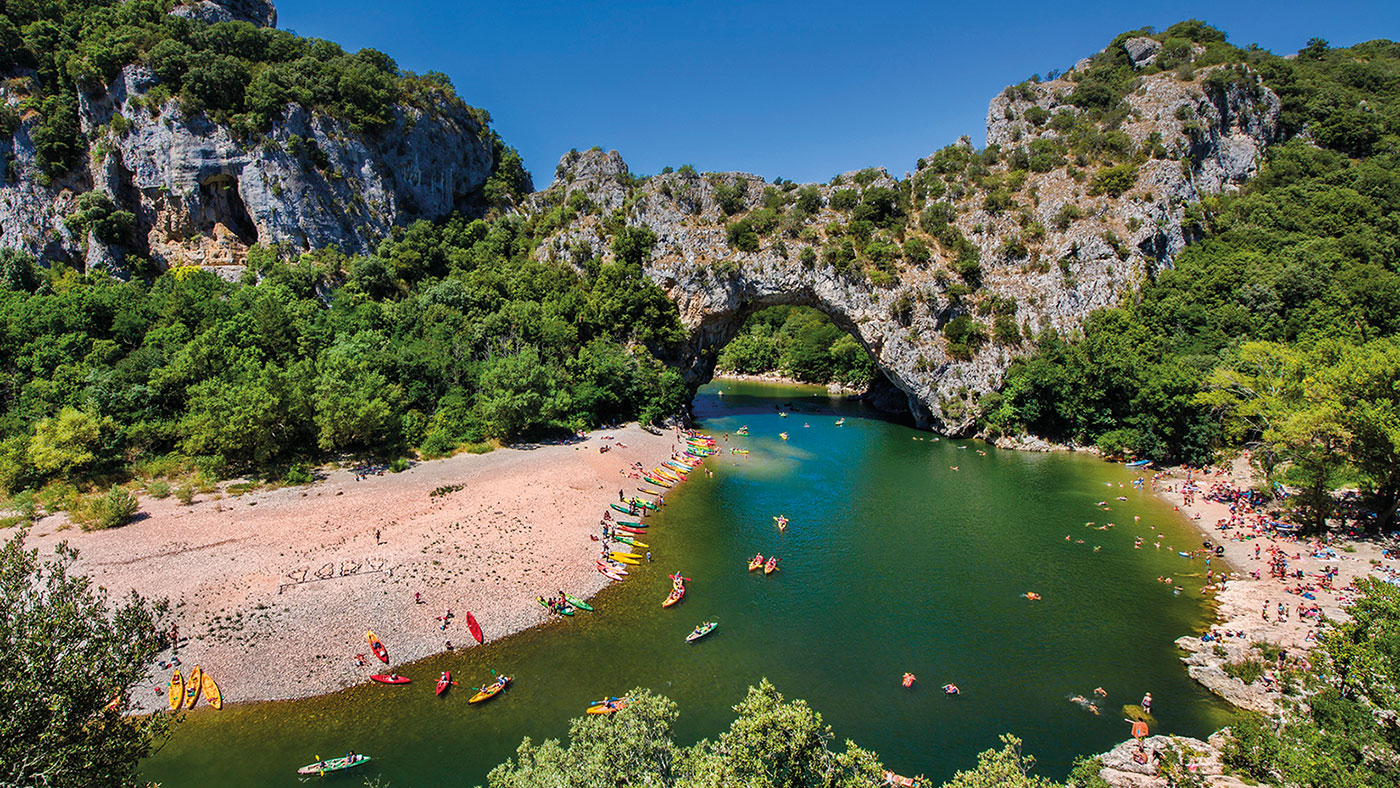
Ask any pub-quiz champion which is the longest river in France and they will tell you it is the mighty Loire. But they may be stumped if asked to tell you where it starts. The answer is deep down in the Ardèche. The département in the south of France is off the radar for most Brits, who mostly fly over on their way to the Med or hang a left to go up into the Alps.
It is even off the radar for most pilots as the nearest big airport is in Lyon, about an hour away up the motorway (ironic, given that the era of manned flight took off with the Montgolfier brothers’ hot-air balloon at Annonay, right up in the north of the département, in 1783). Even France’s renowned TGV trains don’t stop in the Ardèche; high-speed rail passengers must disembark across the River Rhône in the neighbouring Drôme département. But for all that, the Ardèche wants to be discovered.
From its volcanic cradle at Mont Gerbier de Jonc, the Loire reaches out northwards into the French countryside, before heading west for the ocean. A little further south, in southern Ardèche, explorers find a primeval land of fossils, caves and steep-cut gorges dug out by the River Ardèche over aeons. The river, popular with bathers and kayakers, even burrowed out the magnificent Pont d’Arc natural land bridge in the course of its meanderings. Last month my partner, Aline, a native Ardéchoise, and I scrambled along the craggy trails around the gorges, set against the breathtaking scenery of the cliffs, and through the many rustic villages, such as Balazuc, where time seemingly stands still.
The Week
Escape your echo chamber. Get the facts behind the news, plus analysis from multiple perspectives.

Sign up for The Week's Free Newsletters
From our morning news briefing to a weekly Good News Newsletter, get the best of The Week delivered directly to your inbox.
From our morning news briefing to a weekly Good News Newsletter, get the best of The Week delivered directly to your inbox.
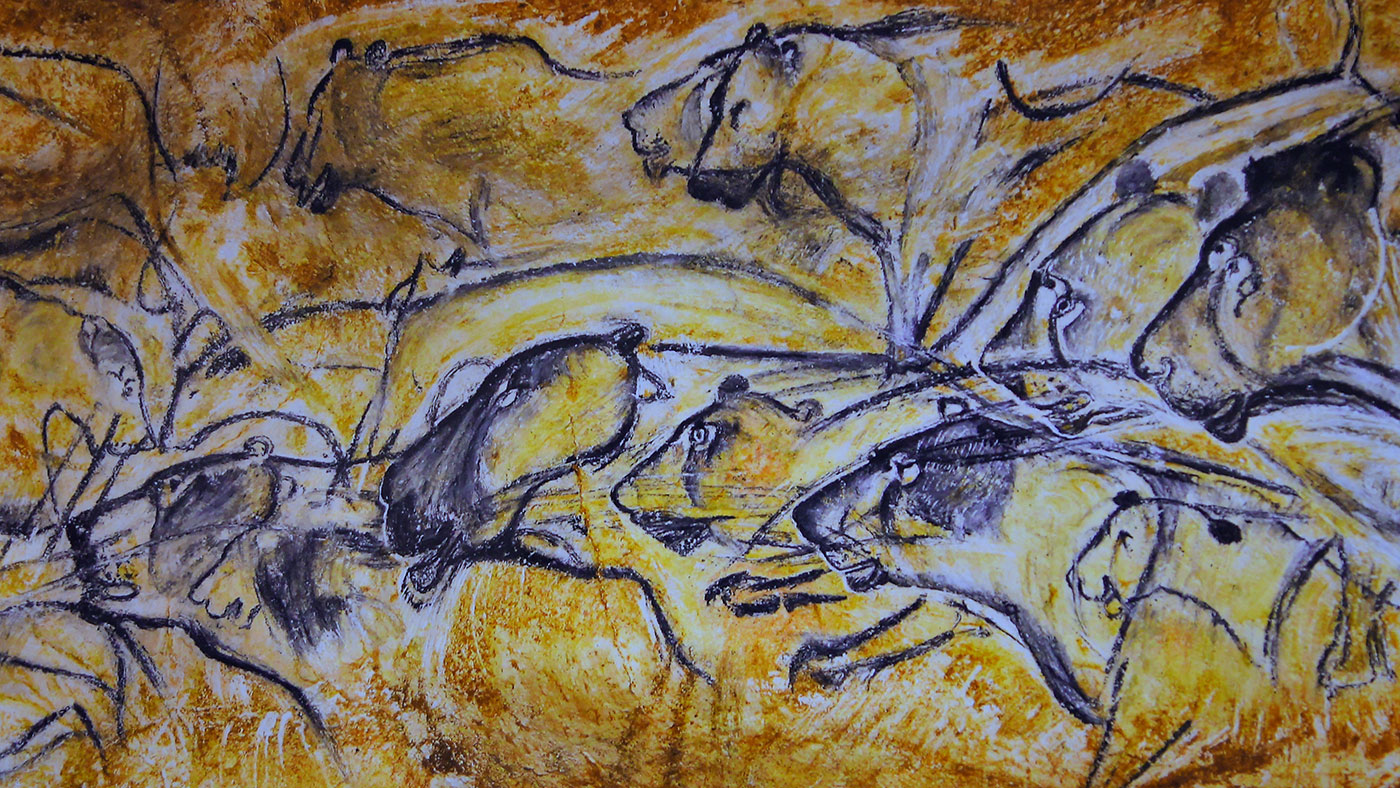
Exquisite art by God and man
The Ardèche keeps its secrets, which is why some of the most spectacular cave paintings in the world were only discovered as recently as December 1994. Not far from the Pont d’Arc is the Chauvet Cave, where 36,000 years ago a paleolithic people daubed the walls with images of lions, bears and bison. Even the rhinoceros, not an animal usually associated with France, makes an appearance, alongside the many earthen-red hand prints of its early creators. The caves are much too fragile to visit now. But in 2015, carbon copies of the cave, called Grotte Chauvet 2, were opened to the public and are well worth exploring.
The steady drip, drip, dripping of water through the region’s porous limestone over millions of years hollowed out many spectacular caves. The natural caverns of Aven d’Orgnac, in the far south of the département, offer some of the best examples of art, not created by the hand of man this time, but sculpted by nature. Those mineral-laden water drops produced over a hundred million years stalactites and stalagmites shaped like petrified ornate water fountains frozen into exquisite sculptures. Gaudí has nothing on the rock sculptures of Aven d’Orgnac.
Our guide, Martina, led us 121 metres down into the belly of the Earth for the obligatory son et lumière show – this still being France after all, even at such a depth. In time with the music, each stunning, colourful rock feature glowed under the lights before fading back into the darkness. Back on the surface, it is bright sunshine in September, and very often well into October and November.
A free daily email with the biggest news stories of the day – and the best features from TheWeek.com
Southern Ardèche is well known, mostly to the Dutch, Belgians and Germans, for its campsites, with superb facilities (again, this being France). Huttopia South Ardèche Village, for example, located close to the Vallon Pont d’Arc and the River Ardèche, has a range of wood cabins and tents for rent. For those who can’t decide, Huttopia even offers a composite of the two, which it calls a “Cahutte”, to combine “the comfort of a wood cabin with the experience of sleeping in a canvas tent”. The “glamping” site is currently closed for the winter and reopens in April. When it does, there’s little chance of campers feeling the chill of an early spring evening. The wood cabins, plus the “Cahutte”, come with fully equipped kitchens and wood-burning stoves. There is even a spa.
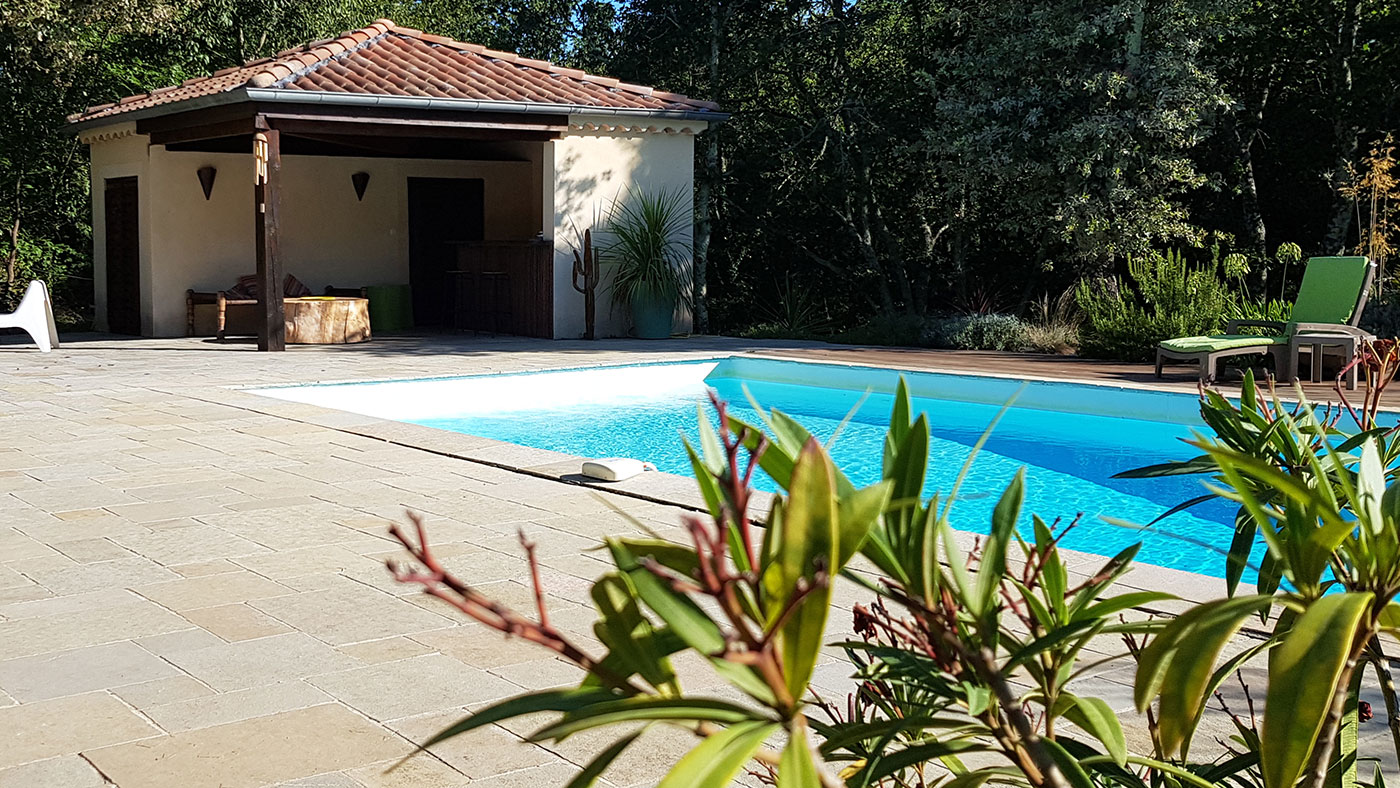
Embracing nature
Alternatively, you can rent one of the many villas and gîtes in southern Ardèche, as well as in the Gard département, to the south of Ardèche and abutting the Mediterranean. Ours, the villa Montréal (£312 a night on average; vrbo.com), located just outside of the village of the same name, came with a private pool, outdoor bar, terrace with barbecue, and three comfortable bedrooms, situated in ample gardens.
Perhaps the most interesting feature of the house was that the living room had been built not just on the rock but also encompassing it, so it acts as a kind of natural air-conditioning system, helping to keep the house cool in the hot summer months. Living with and embracing nature, that is the mode de vie in the Ardèche.
This article was originally published in MoneyWeek

-
 Pakistan: Trump’s ‘favourite field marshal’ takes charge
Pakistan: Trump’s ‘favourite field marshal’ takes chargeIn the Spotlight Asim Munir’s control over all three branches of Pakistan’s military gives him ‘sweeping powers’ – and almost unlimited freedom to use them
-
 Codeword: December 6, 2025
Codeword: December 6, 2025The daily codeword puzzle from The Week
-
 Crossword: December 6, 2025
Crossword: December 6, 2025The daily crossword from The Week
-
 Upper House Hong Kong: a serene sanctuary in the bustle of the city
Upper House Hong Kong: a serene sanctuary in the bustle of the cityThe Week Recommends Panoramic harbour views and super-stylish interiors elevate this luxury hotel to another level
-
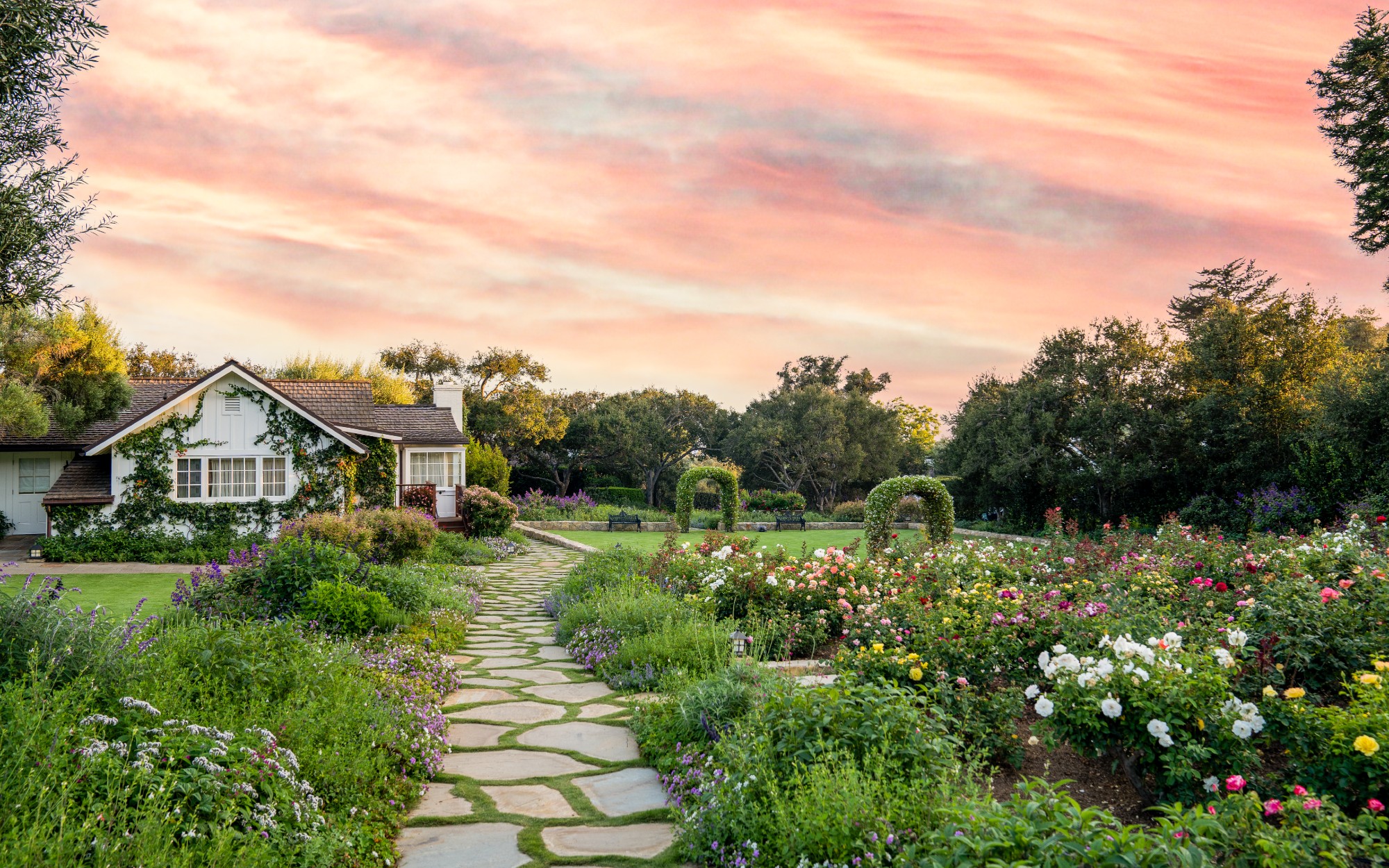 Step into a fairy tale at San Ysidro Ranch
Step into a fairy tale at San Ysidro RanchThe Week Recommends This historic Californian hideaway is pure magic
-
 The Old Bell Hotel: whimsy and charm in historic Wiltshire
The Old Bell Hotel: whimsy and charm in historic WiltshireThe Week Recommends Giraffes, monkeys and bold, bright colours add a playful touch to this 800-year-old inn
-
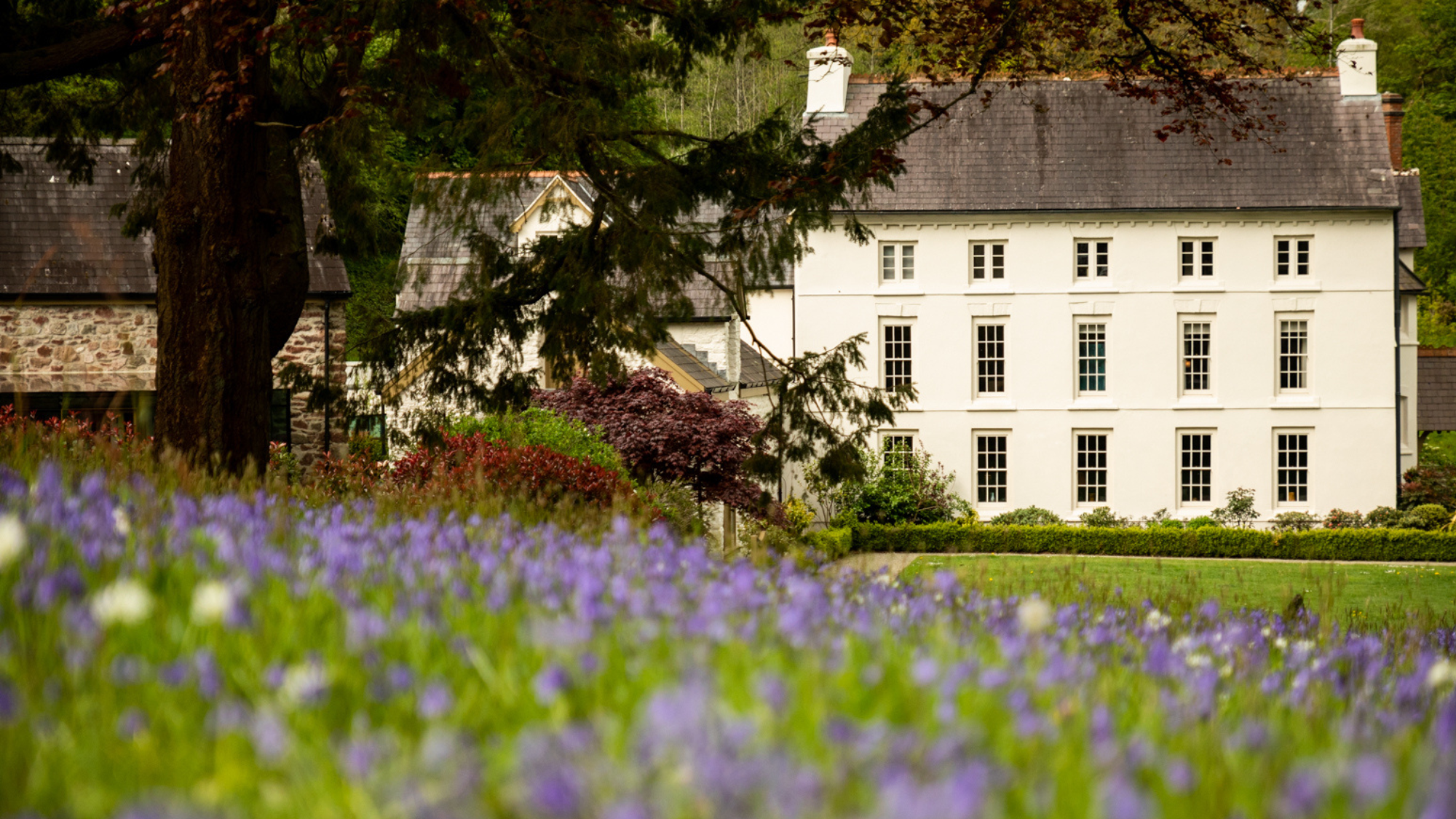 Grove of Narberth: comfort and style in the Welsh countryside
Grove of Narberth: comfort and style in the Welsh countrysideThe Week Recommends This boutique Georgian manor in Pembrokeshire is the perfect rural retreat
-
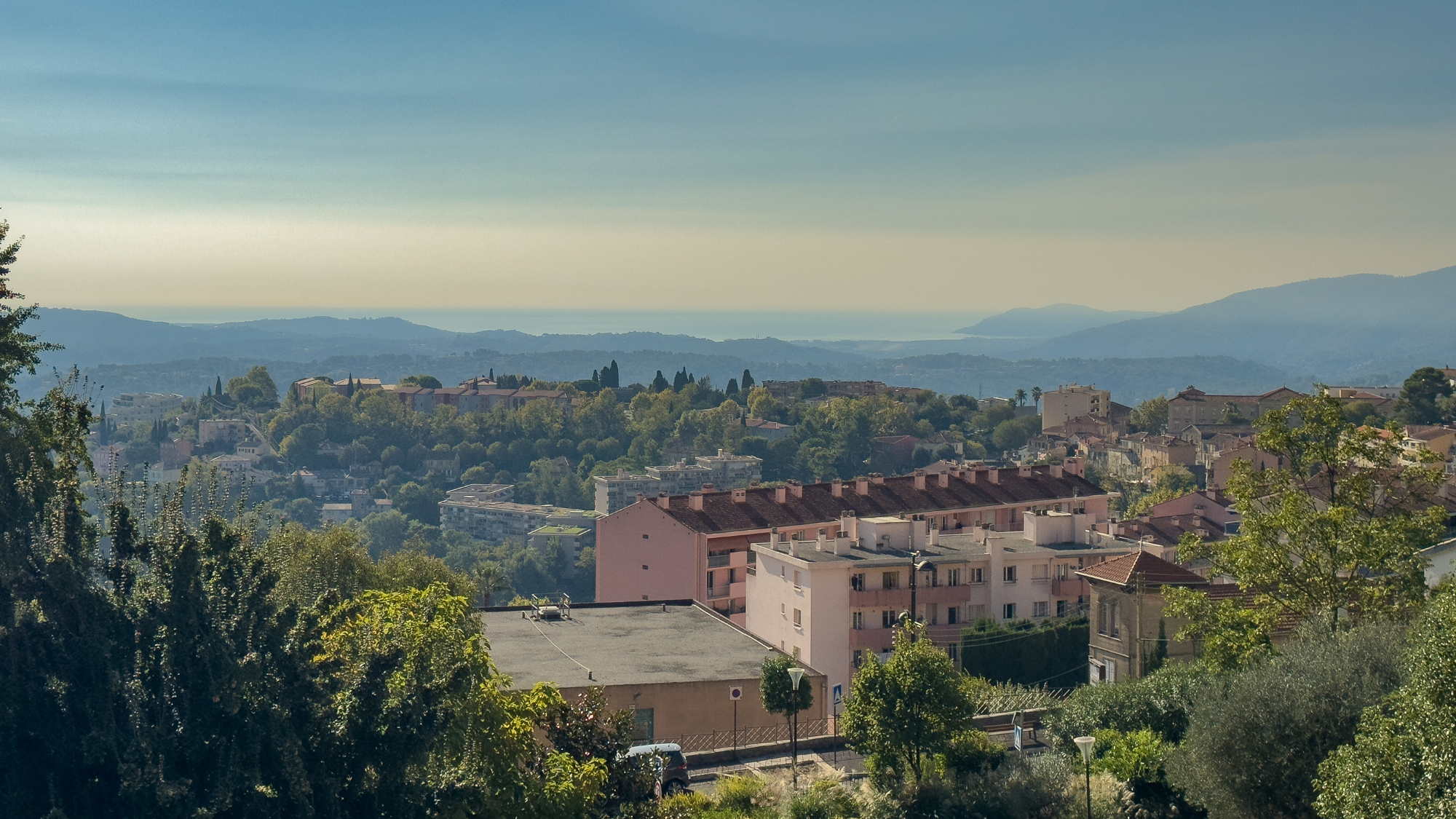 A scenic road trip in the French Riviera
A scenic road trip in the French RivieraThe Week Recommends The mild climate of the Côte d’Azur makes it ideal for shoulder season
-
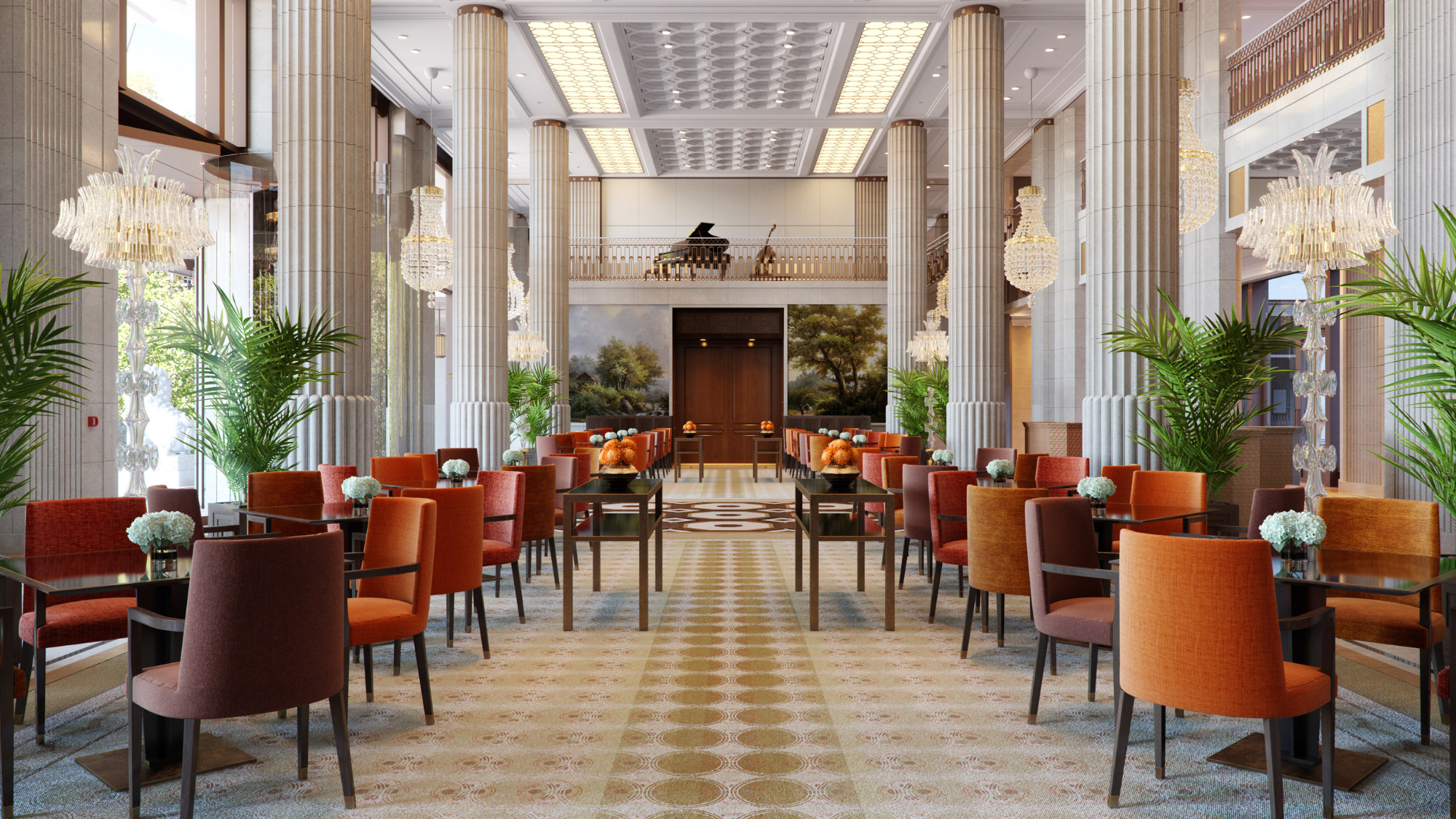 The Peninsula: London’s first billion-pound hotel
The Peninsula: London’s first billion-pound hotelThe Week Recommends As the capital’s super-luxury hotel scene continues to expand, the respected brand is still setting the standard
-
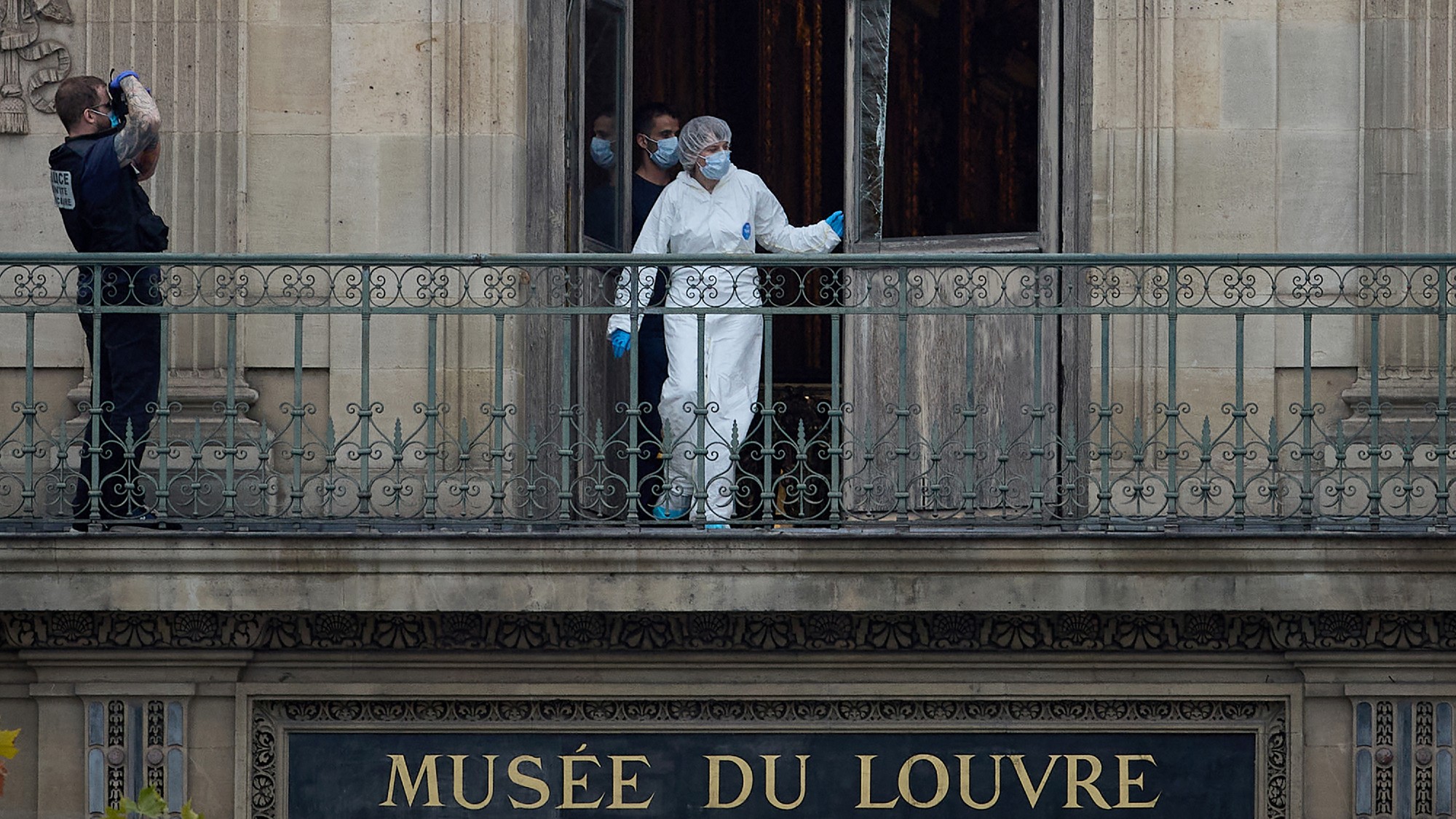 From Da Vinci to a golden toilet: a history of museum heists
From Da Vinci to a golden toilet: a history of museum heistsIn the Spotlight Following the ‘spectacular’ events at the Louvre, museums are ‘increasingly being targeted by criminal gangs’
-
 Cyrano de Bergerac: a ‘huge-hearted’ production
Cyrano de Bergerac: a ‘huge-hearted’ productionThe Week Recommends This ‘playful’ and ‘poignant’ rendition brings new life to the ‘gilet-sporting, verse-spouting’ titular soldier